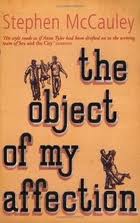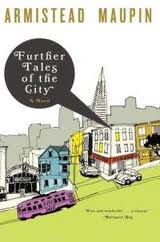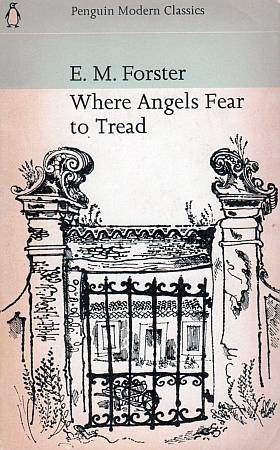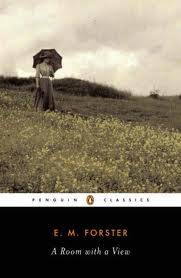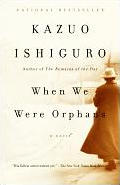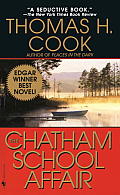” There are too many moral crusaders in the world, each with an equally improbable scheme to lead a man to salvation, a million cures for a million vices—through prayer, repentance, self-flagellation—but when he looks through the portal that separates reality from the hereafter, de Vere sees not the treasures of heaven but the fiery pools of hell. ” (Part I, The Deer Park, Section I, p.64)
Set in a derelict Midwestern town where the Jesuits school for boys dominates the atmosphere of the community, The Natural Order of Things is a collection of interwoven stories that follows the lives of several “reprobates who have descended into Hades.” All the stories revolve around events leading to the fateful day of the Big Game, in which the ambitious team met a Waterloo defeat. The star, who is target of college scouts, is one Frank “Minateur” McSweeney, who is brought to his ruin after a night of drinking and romp with a prostitute, Tamar, who gets around and beds half the man in town.
In this world, there is no shortage of insidious plots, and behind each one there is a Judas willing to make a moral compromise for a short-term gain. (Part II, Uncreated Creatures, Section V, p.220)
Corruption seeps from every page. A rich kid throws Halloween Party to get the football star laid. His father, who is on the brink of bankruptcy, is booked for soliciting prostitution with Tamar. According to Keating’s world, there’s a great deal of evil—and the natural order of things leads to moral decay. Each story is a vignette of evil: debauchery, stealing, adultery, fraud—and Keating is discriminate about his culprits, who range from widow, teacher, prostitute, priest, student, and businessman. At the Jesuits school, which has been regarded as “a beacon of uncompromising moral standards,”a teacher, rumored to be a sexual omnivore, seduces a student; and boys lock an old priest in a basement closet. At the Zanzibar Towers and Garden, an unkempt apartment building where the lascivious landlady takes her male broke tenants to bed for free accommodation, teenagers and adults go for parties and prostitutes. The school and the apartment building together form a perfect picture of a dark underworld of poverty and debasement.
After all, it’s not violence but the threat of violence that has proven so effective the world over. People are driven by fear and self-preservation, and powerful men know how to exploit this weakness to achieve their own wicked ends.” (Part II, Ghost Dance, Section VIII, p.163)
Corruption, lunacy, and evil irradiate. When a teenager sets homeless people on fire in their sleep, and a teacher decides to bring a gun to work for protection, society is past its breaking point. Through Keating’s contemplative and poetic language, there’s a sense, from each story, that things are falling apart and the characters are on the verge of losing it. At times the situations and dialogues can be unrealistic and painstakingly (and ludicrously) exaggerated. His language has saved the crass and ugliness of the overwrought content. Keating doesn’t offer much resolution nor does he mete out judgment, just merely shows them with an apathetic eye. The end leaves one disturbed and unconsoled, about the never-ending parade of human ruin in the scope of the book as well as in our surrounding.
305 pp. Vintage Contemporaries. Paper. [Read|Skim|Toss] [Buy|Borrow]
Filed under: American Literature, Books, Contemporary Literature, General Fiction, Literature | Tagged: American Literature, Books, Contemporary Literature, General Fiction, Kevin P. Keating, Linked Short Stories, Literature, The Natural Order of Things | Leave a comment »















